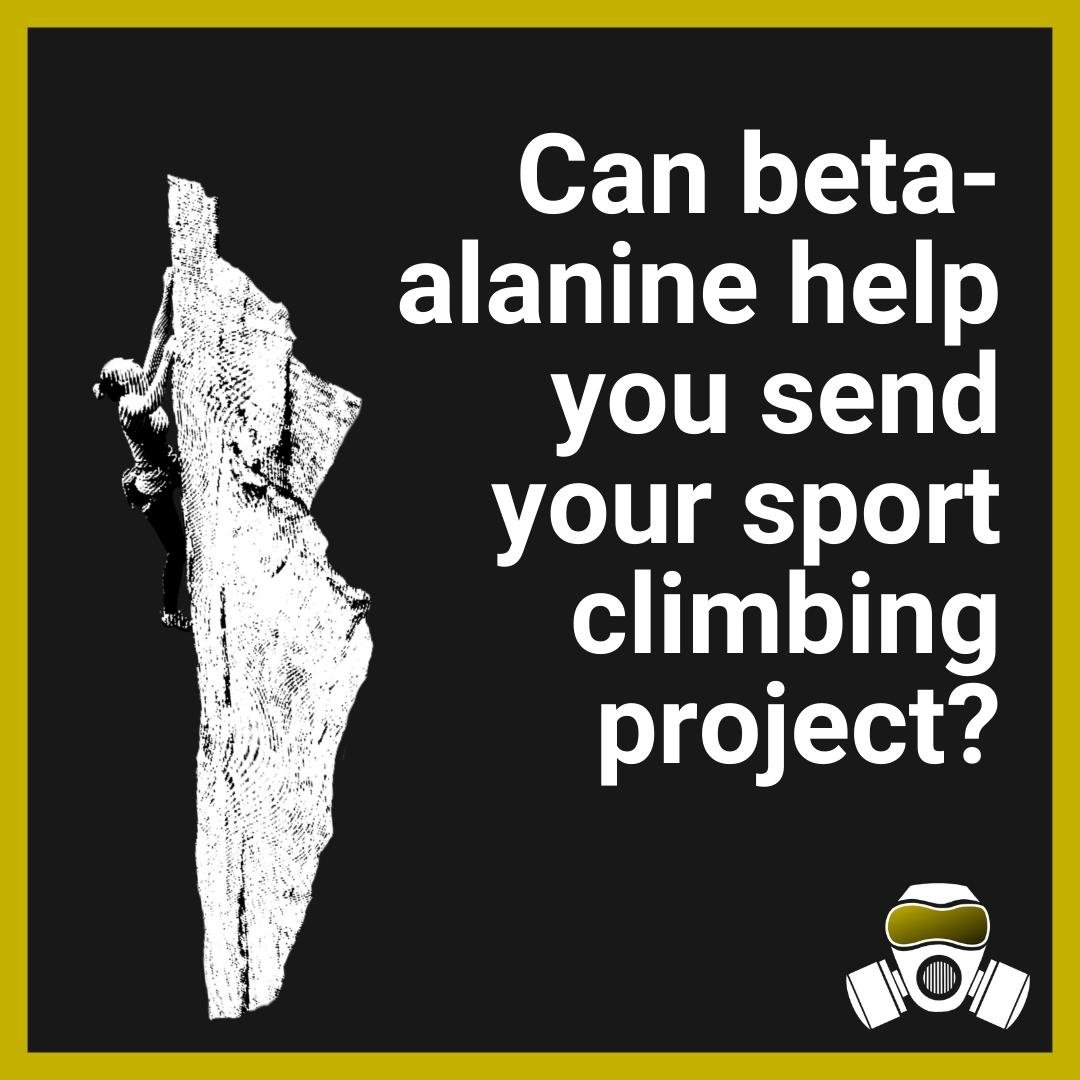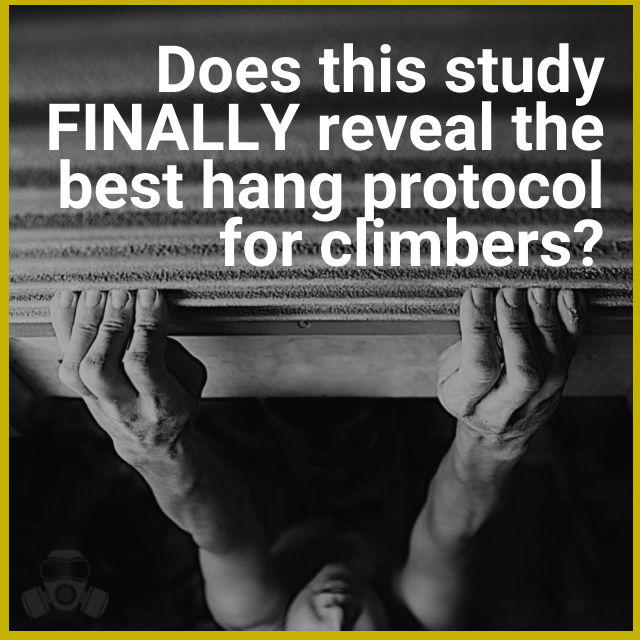Simplicity: Fitting the Pieces Together.

I've been asked by several friends and readers to give a glimpse into one of my sessions. Most recently I've entered into an anaerobic endurance phase, so I'll make an attempt at writing something interesting about one of my sessions. It's actually quite a challenge. You see, I've gone back to basics for the first half of my training season. I chopped and boiled it all down to exactly what my previous season of training lacked: Simplicity.
I suppose I should start from the beginning of the season to help you understand where I am now. Hell, it might even help me to better understand it.
I get alot of questions from climbers about how to train, and I almost always stress the same thing, no matter the level of the climber. That one thing is technique. We often assume that we know all the techniques there are to know. Sure, you can toe hook on the lip of a giant bowl placed right where you want it, but can you even spot the same subtle toe hooks that Dave Graham can see immediately? Just as a hangboard can benefit you by teaching you to use smaller holds, focused training can benefit every aspect of your technique. After realizing how much I preach that, I decided to practice it. My first power phase this year was all about learning and stress-proofing techniques and body positions. Dialing in movements that feel somewhat foreign to me. In short, upping my game.
The concept of periodization demands that training periods begin with high volume work, and whittle down into lower volume, more intensely focused training. For that first phase, I climbed alot, eschewing any sport specific exercises such as hangboards, pull ups, or core workouts. Those workouts only came into play when life interrupted my gym time, and I had no other option. Instead, all of my energy was focused on challenging climbing.
My current anaerobic endurance phase is no different. I aim to climb as much as my body will allow (which in reality, isn't all that often) without much happening in between climbing sessions. I toyed briefly with the idea of adding a little weight training on off days, but my climbing workouts are so debilitating that my body wants no part of those weights. So here's where I am now...
On weeks that I can't make it outside (generally in the winter I can get outside 1 weekend a month, 2 if I'm lucky), I do 3 gym sessions, on Tuesday, Thursday, and Sunday. If I'm bodily able to do another session, its strictly a performance session with no actual training. Thursday and Sunday are my scheduled "heavy" days, and I generally try and listen to my body to determine Tuesday's schedule. If I feel rested, Tuesday is a heavy day. If not, I let off the accelerator a little.
Every session starts out the same. A long, slow warm up is a must. It's hard not to jump in too soon, but when I do, I always pay for it with reduced performance. Once warm, I go straight to hard boulders that are between 7-12 moves long. These should be hard for me, and often take several sessions to send a problem. I also try to focus on problems that involve more raw power and tension, and less trickery and jumping. I spend about an hour on these projects, then take a forced rest of about 20 minutes. If I'm climbing well, I might have to go into the lobby and chat or read to keep myself off the boulders. Whatever it takes.
After the anxious time spent resting, it's time to get pumped. The staple of my AE workouts has long been some version of a 4x4, and with enough tweaks, it continues to be a fresh challenge. For this session I'm doing an extremely sustained 4x4 of all steep (30-45 degree) V4-V6 problems, 7-10 moves in length. All 4 of the problems are very "Red River" like, as that is where most of my climbing time is spent. Two are big reaches between small, positive, open handed crimps. One is big lock offs on smaller crimps up a steep arete. The last is big moves between wide pinches. As I complete that, I'll add in a similiar V7, or do an eliminate of an existing problem. I'm currently resting 2:30 between sets, which will also decrease as it gets easier.

Feeling completely worked, this is where I would have stopped last year. This year, for this first, 3 week AE session, I'm upping the volume. After a 30 minute or so rest, I move to a less steep wall, about 10-15 degrees, and begin another 4x4 on smaller crimps, small slots, bad slopers and tiny feet, at a slightly decreased difficulty range than the first, with a similiar number of moves. For me, this 4x4 is important physically, but even more important mentally. My energy fades fast during this one, so I'm forced to really trust the tiny holds and miniscule feet. I can do these problems with ease at the beginning of the night, but with fresh arms, I'm not putting nearly the amount of pressure on my feet as I do at the end of the session, when I'm destroyed. In the past, upon tiring, the angle would usually stay steep and the holds would get bigger. This method is a big shock to my system, and I feel like I'm learning alot about standing on holds that seem non-existent when I'm to that point where my technique usually begins to fall apart. Upon first doing it experimentally, I felt that same feeling as when I first discovered what proved to be the keys to moving past frustrating plateaus and elevating my climbing.
That's it. No secret exercises. No magical formulas. Just plain old trying hard at climbing. Stress-proofing what I've learned about how to move over rock while my body can barely handle it. Doing alot of moderately hard climbing while I'm at the gym, and doing alot of resting while I'm away from it.

As my training season evolves, I'll cut down on the volume, and up the intensity. My 4x4's will involve shorter, harder problems. The hangboard will come back into use for short intense sessions a couple of times a week. If all goes well, come spring, the puzzle pieces will fit, and I'll be ready to shake hands with a new level of climbing.









A reader asks for opinions on his proposed training plan to prepare for climbing at the Red.